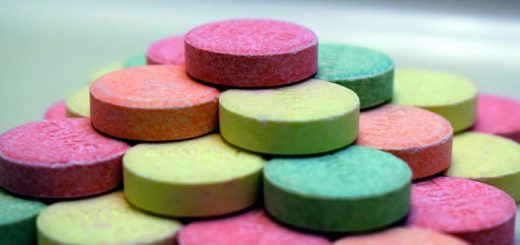Alcohol is a causal factor in more than 60 medical conditions

According to Alcohol Change UK Alcohol is a causal factor in more than 60 medical conditions, including: mouth, throat, stomach, liver and breast cancers; high blood pressure, cirrhosis of the liver; and depression.
Hospital admissions due to alcoholic liver disease in England have increased by 43% in the last 10 years.
Drinking alcohol is a risk factor contributing to seven types of cancer.
The more alcohol you drink, the greater the risk. The evidence shows that any amount of alcohol can increase the risk of cancer, but drinking 14 units a week or less will keep the risk low.
Any amount of alcohol increases the risk of:
- Mouth cancer
- Upper throat and voice box cancer
- Food pipe (oesophagus) cancer
- Breast cancer
Drinking two or more drinks per day (around 3.5 units) increases the risk of:
- Colorectal cancer
Drinking three or more drinks per day (around five units) increases the risk of:
- Stomach cancer
- Liver cancer
Alcohol increases the risk of these cancers by different amounts. If you were drinking every day, every 10 grams of pure alcohol (around one drink or 1.25 units) would increase the risk of these cancers by the following amounts, compared to if you were not drinking:
- Mouth and throat cancer by around 15%
- Oesophagus cancer by 25%
- Breast cancer by 7%
- Colorectal cancer by 7%
- Liver cancer by 4%
- Stomach cancer by 2%
Can I reduce the risk?
The evidence shows that any amount of alcohol can increase the risk of cancer, but drinking within the guidelines will keep the risk low.
The UK guidelines recommend you drink no more than 14 units of alcohol per week, spread evenly over three or more days and with a few days off. Fourteen units is roughly equivalent to six pints of beer or one and a half bottles of wine.
Source: Alcohol Change UK
Symptoms of Alcohol Use Disorder
Alcohol use disorder (AUD), also known as alcohol addiction or alcoholism, is a chronic relapsing brain disease that occurs when a person abuses alcohol despite the negative effects because it affects the way the brain operates, causing symptoms such as compulsive behaviour and intense cravings.
The symptoms of alcohol use disorder can range from mild to severe. In general, alcohol use becomes unhealthy when your health or safety is at risk. This not only includes physical health and safety, but also emotional safety, well-being, and relationships with other people.
One of the ways to identify a problem with alcohol is to determine what symptoms of alcohol addiction are present. Alcohol use disorder symptoms and signs include:
- Inability to limit alcohol consumption
- Failed attempts to reduce or eliminate alcohol consumption
- Spending a significant time drinking or recovering from drinking
- Experiencing cravings to drink
- Neglecting responsibilities and obligations
- Continuing use of alcohol despite physical, emotional, or social harm
- Using alcohol in unsafe situations, such as when driving
- Neglecting social activities and hobbies
- Developing a tolerance
- Experiencing physical withdrawal symptoms, such as nausea, sweating, or shaking
Someone with alcohol use disorder experiences an ongoing cycle of intoxication followed by withdrawal. Intoxication occurs when there is alcohol in the bloodstream.
The higher the concentration of alcohol, the greater the impairment. This can lead to mood instability, impaired judgment, slurred speech, poor coordination, and more. Severe cases of intoxication can result in blacking out, coma, or death.
Withdrawal occurs after a person has a prolonged period of heavy intoxication. It can happen within a few hours of stopping drinking or could take a few days.
Symptoms of withdrawal include rapid heartbeat, sweating, hand tremors, nausea, vomiting, restlessness, insomnia, and anxiety.
Some people experience hallucinations or seizures during withdrawal. Symptoms can be severe enough to impair the ability to function at work or in social situations.
Find our more: https://www.addictiongroup.org/alcohol/addiction/symptoms/





